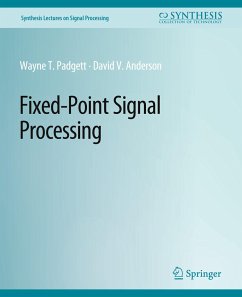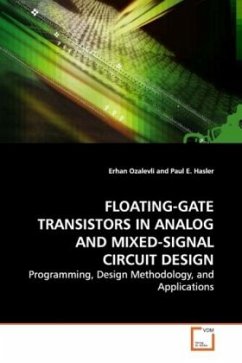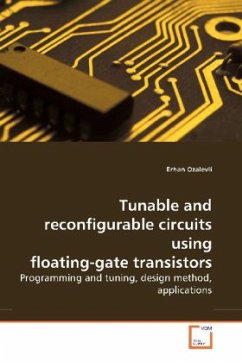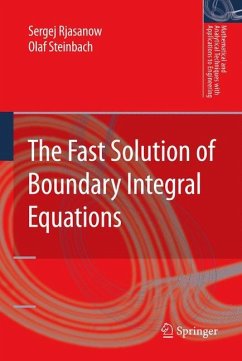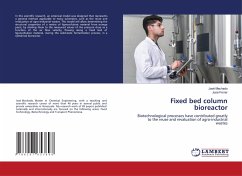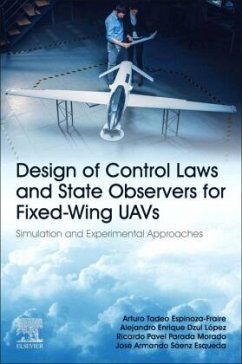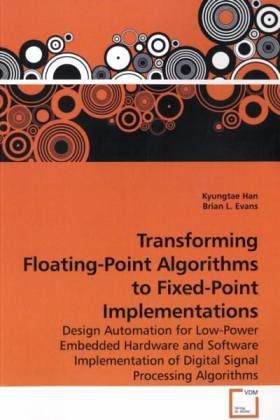
Transforming Floating-Point Algorithms to Fixed-Point Implementations
Design Automation for Low-Power Embedded Hardware and Software Implementation of Digital Signal Processing Algorithms
Versandkostenfrei!
Versandfertig in 6-10 Tagen
32,99 €
inkl. MwSt.

PAYBACK Punkte
16 °P sammeln!
Many digital signal processing and communicationalgorithms are first simulated using floating-pointarithmetic and are later transformed into fixed-pointarithmetic to reduce implementationcomplexity. This transformation process may takemost of the design time for complex designs and mayinvolve a long series of manual ad-hoc designchoices. This book provides methods to find optimumword lengths efficiently, implement low-powerfixed-point arithmetic by word length reductiontechniques, and automate the transformation processfrom floating-point to fixed-point arithmetic. Theautomation step provides ...
Many digital signal processing and communication
algorithms are first simulated using floating-point
arithmetic and are later transformed into fixed-point
arithmetic to reduce implementation
complexity. This transformation process may take
most of the design time for complex designs and may
involve a long series of manual ad-hoc design
choices. This book provides methods to find optimum
word lengths efficiently, implement low-power
fixed-point arithmetic by word length reduction
techniques, and automate the transformation process
from floating-point to fixed-point arithmetic. The
automation step provides a design tradeoff curve of
signal quality vs. implementation complexity for the
system, which allows the designer to pick any
operating point on the tradeoff curve. The book
should help in developing fixed-point hardware or
software implementations from floating-point
representations, and should be especially useful to
professionals who are developing high-speed or
low-power hardware or software.
algorithms are first simulated using floating-point
arithmetic and are later transformed into fixed-point
arithmetic to reduce implementation
complexity. This transformation process may take
most of the design time for complex designs and may
involve a long series of manual ad-hoc design
choices. This book provides methods to find optimum
word lengths efficiently, implement low-power
fixed-point arithmetic by word length reduction
techniques, and automate the transformation process
from floating-point to fixed-point arithmetic. The
automation step provides a design tradeoff curve of
signal quality vs. implementation complexity for the
system, which allows the designer to pick any
operating point on the tradeoff curve. The book
should help in developing fixed-point hardware or
software implementations from floating-point
representations, and should be especially useful to
professionals who are developing high-speed or
low-power hardware or software.



